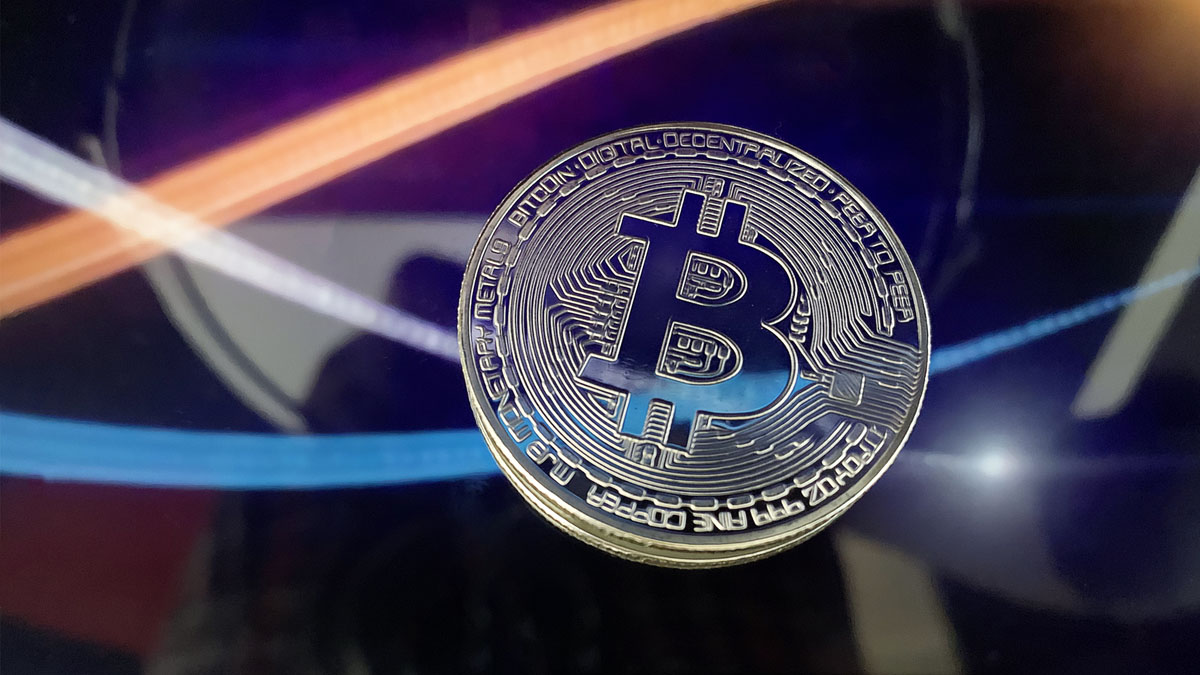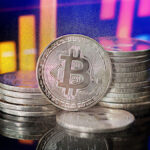Gold and silver have historically served as reliable forms of currency and continue to be sought after, particularly in economies experiencing high inflation. These precious metals offer people a sense of security when national currencies falter. Inflation-driven demand for gold and silver remains robust, underscoring their utility in wealth preservation.
Historic Value of Precious Metals
Traditionally, gold and silver have functioned as exchange mediums, with their appeal remaining strong in modern times, especially where currency values are unstable. People often hold these metals physically to safeguard their wealth. Additionally, in economies subject to dollarization, gold and silver allow investors to benefit from a stronger dollar alongside the appreciating value of these metals. In certain cultures, like in Turkey, gifting gold signifies financial interdependence among families, especially during economic hardships.
Bitcoin Versus Traditional Precious Metals
While gold and silver are deeply ingrained in human economic history and culture, Bitcoin, as a newer asset, has yet to convince the majority of its value retention capabilities. Nevertheless, Bitcoin’s potential remains largely untapped, with future technological advancements and generational changes possibly altering its perception.
The younger demographic today perceives gold and silver as somewhat outdated investment avenues, echoing the sentiment older generations hold towards Bitcoin. This divergence in investment perspective is indicative of the evolving landscape of wealth conservation and asset accumulation.
Renowned financial writer Robert Kiyosaki, despite advocating for gold and silver, acknowledges the allure of Bitcoin’s finite supply. Unlike traditional commodities that can increase in quantity with rising prices, Bitcoin’s capped supply at 21 million units makes it a unique embodiment of scarcity, according to Kiyosaki, potentially redefining the concept of rarity for the world.












